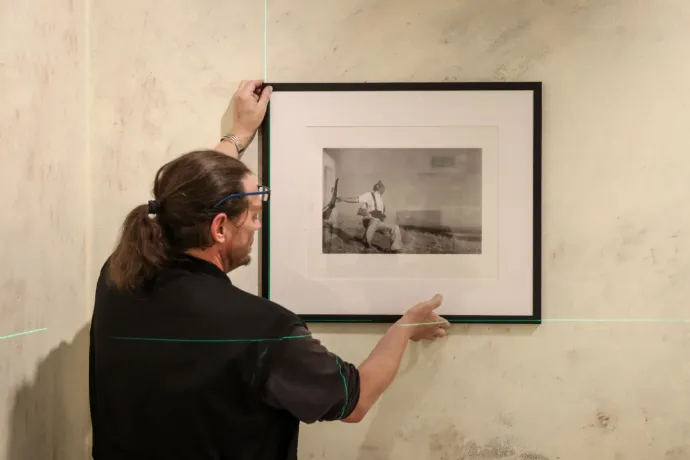
The world's first permanent retrospective exhibition of Robert Capa's photography, entitled 'Robert Capa, the Correspondent' opened on 13 June in Budapest, in the new 500-square-metre exhibition space of the Robert Capa Contemporary Photography Centre, which is 10 years old this year.
The Hungarian state purchased the Master's Set III series in 2008, which is a collection of 937 enlargements made in the 1990s. Alongside New York and Tokyo, this makes Budapest the most important custodian of the Capa legacy. The unique exhibition presents some 140 photographs from the series, including many of the iconic ones. It covers the most important stages of the photographer's life, and the photos are arranged according to the themes defined by his oeuvre. Robert Capa's work is important because of the profound impact his images and his approach have had on the public, forever changing the norms of photojournalism and contributing to the understanding and remembrance of history.

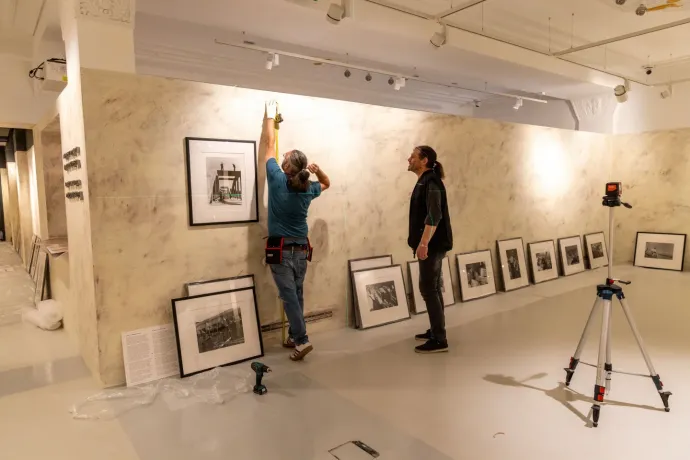
Capa was born Endre Friedmann in Budapest on 22 October 1913. He lived only 41 years, and died when he stepped on a landmine during the Indochina War on 25 May 1954. He was a visual chronicler of several of the great wars of the 20th century: the Spanish Civil War, the Second Sino-Japanese War, World War II, the First Arab-Israeli War and the First Indochina War. His name is among the first and best in the history of photography.
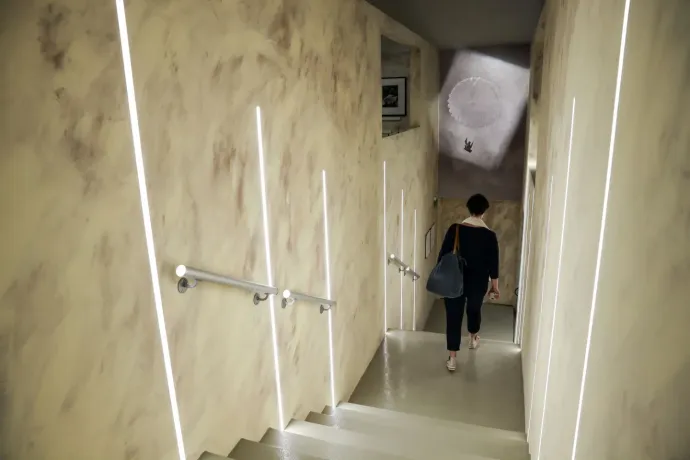

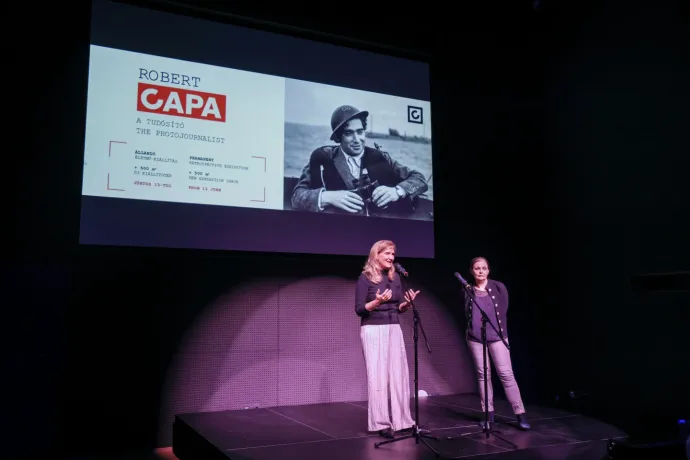
His photographs of the front lines and the hinterlands created a school of photography and renewed photojournalism. He photographed the war, the fighting, the soldiers in the trenches and the everyday life of the hinterland from the position of a participating observer, and did it all with boundless compassion. He was there with the soldiers, he was in the middle of the action and documented the events in the immediate presence of death. It was this closeness, this involvement, that recreated the genre of war photography. Many are familiar with his famous and often quoted saying:
“if your pictures aren't good enough, you weren't close enough.”
He had a significant impact on the profession of photojournalism and war photography. His images and work have inspired and continue to inspire generations. The ethical principles and dedication that Capa embodied have remained important pillars of the photojournalism profession ever since.
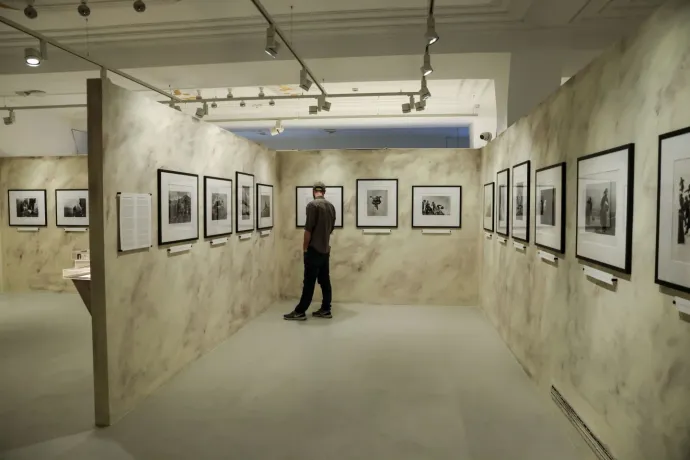

He was never concerned only with capturing the event itself, but also the events leading up to it and the aftermath. He knew that a war never begins with the first shot and never ends with the last," Gabriella Csizek, curator of the exhibition said. The exhibition showcases Robert Capa's compositional virtuosity, his images built from meticulous, detailed observations and also his unique ability to capture fast-moving action. With images taken before or after the world-famous shots, he also shows the sequence of events. One of the photographs of the Spanish Civil War on display is that of Federico Borell Garcia, who is also featured in The Death of a Loyalist Militiaman.
The images that form the basis of the exhibition were selected by Cornell Capa (Robert Capa's brother) and photography historian Richard Whelan (Robert Capa's monographer) from among the nearly 70,000 negatives left behind by Capa. From these negatives, only these three batches of enlargements could be made in this size.
For more quick, accurate and impartial news from and about Hungary, subscribe to the Telex English newsletter!